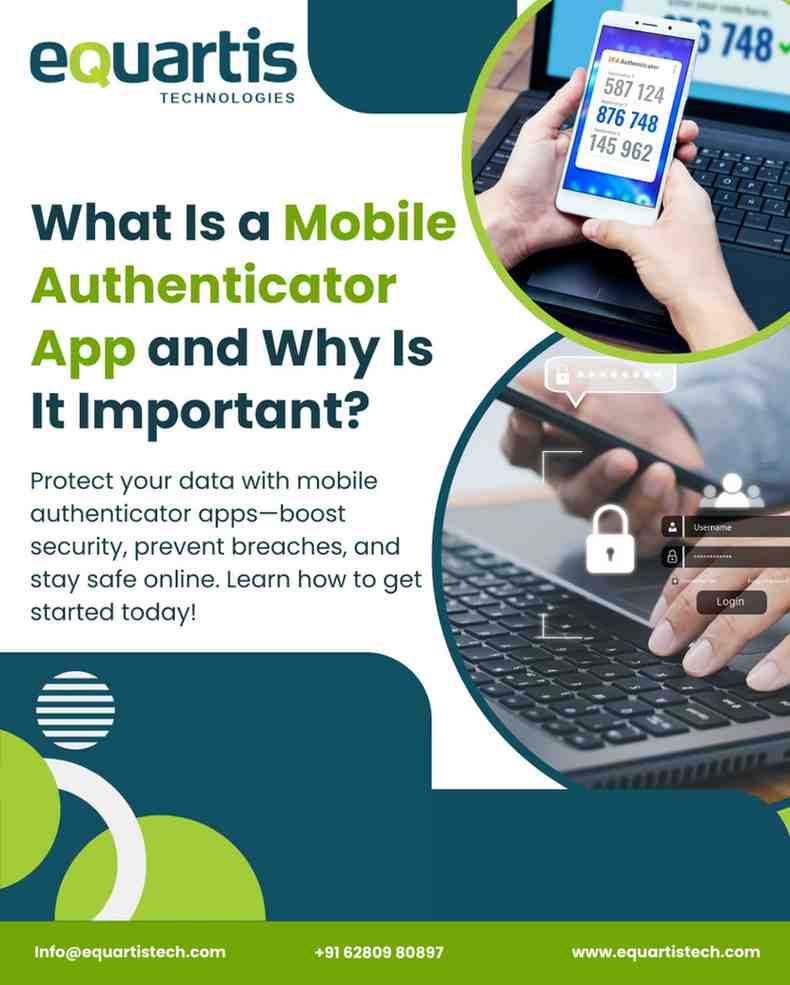


Protect your data with mobile authenticator apps—boost security, prevent breaches, and stay safe online. Learn how to get started today!
Mobile authenticator apps are becoming an essential tool in the fight against cyber threats. These apps provide an extra layer of security by requiring users to verify their identity in more than one way. This process is known as Two-Factor Authentication (2FA) or Multi-Factor Authentication (MFA).
Mobile authenticator apps are smartphone applications that generate security codes used during the login process. They work alongside your regular password to verify your identity. These apps are designed to protect your accounts by making it harder for hackers to gain access, even if they know your password.
When you log in, the authenticator app will provide a unique code that must be entered along with your password. This code is usually time-sensitive and changes every 30 seconds, which makes it difficult for hackers to reuse.
Cyber threats are more sophisticated than ever. Some of the most common include:
Mobile authenticator apps provide a powerful defense by requiring additional verification before granting access. Even if a hacker obtains your password, they still need the code from your authenticator app, which they likely won’t have access to.
Many organizations have avoided major breaches by using authentication apps:
In an era where digital threats are constantly evolving, mobile authenticator apps are an essential tool for protecting your online identity. These apps go beyond simple passwords and provide a strong barrier against unauthorized access. Whether you’re a user securing your social media or a developer creating a secure app, integrating authentication solutions is a smart move.
With the continuous advancement of technology, the future of mobile authentication looks promising. Developers and users alike must stay informed and proactive to ensure safety in the digital world. By embracing mobile authenticator apps, we can build a more secure and trustworthy digital environment.
